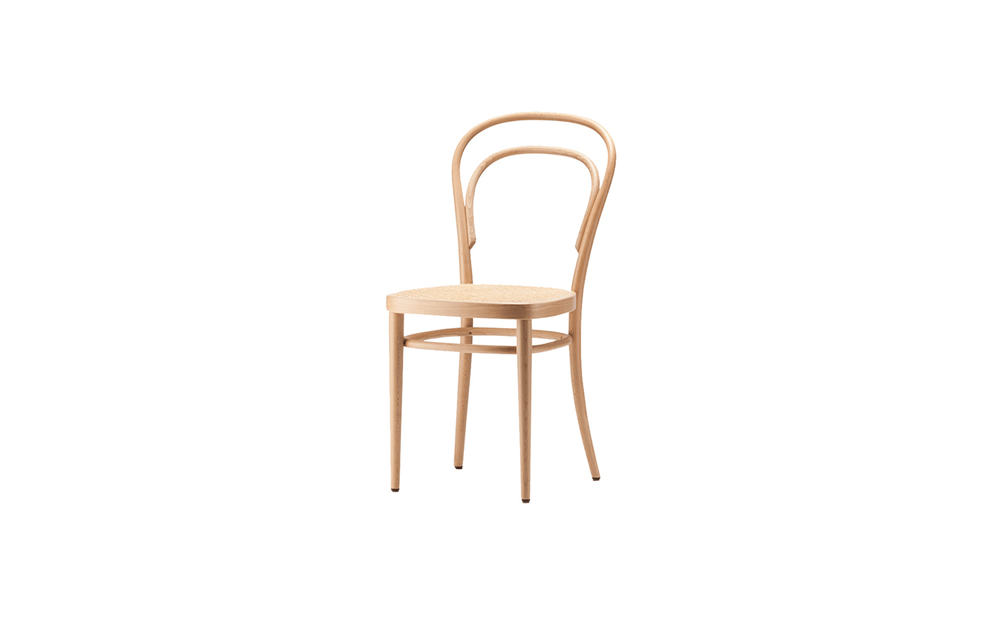In the 19th century, several design styles emerged in the world of furniture, from neoclassicism to Biedermeier and Art Nouveau. People could choose from a much more diverse range than ever before, and the way furniture and accessories were manufactured and sold also changed. Handcrafting was partially replaced by machines, and companies began to switch from custom manufacturing to mass production, which was also the case with Thonet, founded by German Michael Thonet. His company was based in Vienna, but he built his first factories in Austria-Hungary, specifically in Moravia.

Neoclassicism and inspiration from antiquity
In the first half of the century, Neoclassicism was popular, i.e., a return to antiquity with typical motifs of columns, laurel wreaths, and other elements familiar from the period of Ancient Greece and Rome. It was particularly successful in England and France, but also in Germany, where David Roentgen was one of its main representatives. The uniqueness of his art lay in his use of innovative light and shadow effects instead of traditional techniques such as engraving and veneer burning.
Elegant and practical Biedermeier
Feelings of insecurity led the middle class to spend their free time at home. Furniture and furnishings thus became the center of attention, combining elegance with functionality. In living rooms, ornamentation and luxury still reigned supreme, but other rooms were furnished more practically, designed to provide maximum comfort for their inhabitants. Biedermeier was most common in Germany, Austria, and Switzerland, and its inspiration from the French Empire style was unmistakable.
The ostentatious Victorian style
The Victorian style favored solid wood, gold metal, and velvet upholstery to bring royal splendor to interiors. It combines a number of different styles, from Gothic to Renaissance to Rococo, and has always been associated mainly with the upper classes. As for common motifs, you can recognize it by its complex geometry, striking floral patterns, and overall grandeur.
Ornamental Art Nouveau with natural motifs
At the end of the century, another completely new style emerged, known as Art Nouveau, sometimes aptly referred to as Art Nouveau. It quickly spread throughout Europe and the United States and reached its peak at the World’s Fair in Paris. It is characterized by motifs of people, animals, and flowers that create interesting ornaments. Artists, architects, and furniture makers were simply more inspired by nature.

